In Nova Scotia, three hunters went on a completely legal moose hunt. They saw some cows, which they very correctly left alone. Then they spotted a moose, and shot it. It might have been easier to spot than most. It was an albino. It stood out. The hunters took the moose to a taxidermist, Jim Hnatiuks, of Hnatiuks Hunting & Fishing.
Doesn’t it always seem like it’s the taxidermist who has to deliver the bad news? A white moose. That’s a sacred animal of the Mi’kmaq nation.
Whoops, said the hunters. We didn’t know! We just thought it was… a white moose. (And not a cow.)
According to Hnatiuks, they said, “We wouldn’t have shot the moose if we would have known that it meant that much.”
At some point, the hunters posted pictures of themselves beaming with the large moose. The white moose. The dead white moose. They took those down, but not before, you know, people saw them. And took a message from them that was NOT, “Wow, cool!” Or “At least it wasn’t a cow!
A Mi’kmaq hunter, Danny Paul, told CBC that the aboriginal communities see the occasional white moose. “We are not to harm them in any way, shape, or form because they could be one of our ancestors coming to remind us of something significant that’s going to happen within our communities.” The posted photos told Paul and others what had happened. “It was so disrespectful having seen it put on the social media… and our people are outraged.” It’s also viewed as very unlucky.
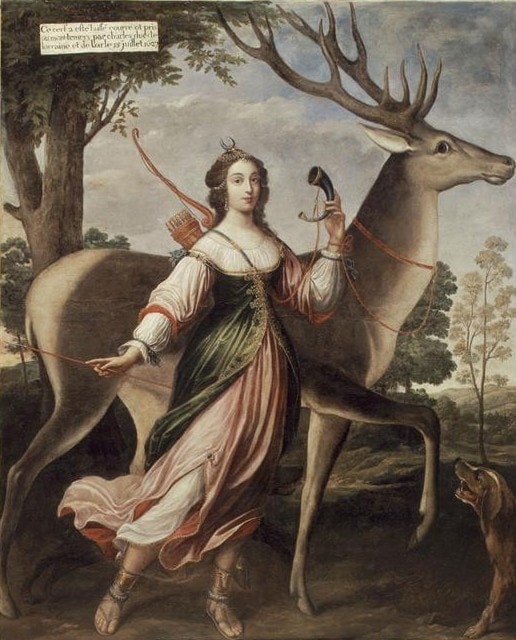
Sometimes you shoot a stag and it turns out to be wearing a golden collar because it belongs to the princess…
The hunters should have gotten a hint earlier, when they stopped for coffee on the Milbrook First Nation, with the moose in the back of their truck. Brandon Maloney, from nearby Indian Brook First Nation, asked if they had shot it. “They were all happy and excited… bragging.” Maloney said to the hunters, “We don’t shoot them.” But Maloney’s understated words didn’t sink in.
Indian Country Today quotes Mi’kmaq elder Emmett Peters as saying that “white-spirited animals” appear when hard times are ahead. He mentioned the intense Mi’kmaq anti-fracking protests in New Brunswick. When you’re fighting the government and the oil industry, when you’re burning police cars, when you’re blockading roads with fire, the last thing you want is bad luck because someone shot your spirit animal.
Apparently the hunters apologized. And apparently the Mi’kmaq made it easy for them. Chief Bob Gloade of Millbrook First Nation reached them through the Hnatiuks shop. So did Emmett Peters. “We had a real good talk. They didn’t know what it meant to the Mi’kmaq people.”
Peters explained that a four-day pipe and sweatlodge ceremony was planned to ward off bad luck from killing the moose, and to honor it. The hunters were invited. They agreed to turn over the moose’s hide (prepared by Hnatiuks). According to Indian Country Today, “Peters reassured the hunters there is nothing to be afraid of.”
At the first day of the ceremony, hunter Mark Drysdale said, “We wanted to let people know that, hey, we didn’t mean to do the harm that we done. So we’ll do anything to resolve this issue.”
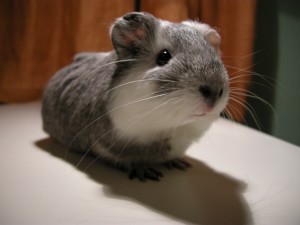
…or sometimes you buy your kid a guinea pig and it gets sick and you take it to the vet and it turns out to have a microchip that proves it was stolen from the kid of the local Taliban commander and the guinea pig’s cough is getting worse and you know you’re in trouble even if it does get better…
They said that on a moose hunting trip the previous year, they saw zero moose. This year, for several days they saw… cows. When they spotted the white moose they didn’t hesitate. “It could have been purple with polka dots and we probably would have shot it,” said Albert d’Entremont. (No no no. You can’t even imagine whose sacred moose that is.)
“If we can educate more people, something like this might not happen again.”
Like the guy who sawed down the juniper tree that was in his way, they can’t undo what they did to a living being. But they can try to repair the grief they caused to people who treasured that being.
Education might also be useful. It seems the Mi’kmaq know of another white moose in the forest. They hope to get the word out about the significance of the animal. Then maybe no one will shoot it.
Here’s how you pronounce “sorry” in Mi’kmaq. (This may come in handy in a later post, so you might want to commit it to memory. If you’re a person who has trouble saying ‘sorry,’ why not ease into it by apologizing in Mi’kmaq first, and then moving to your native language?)
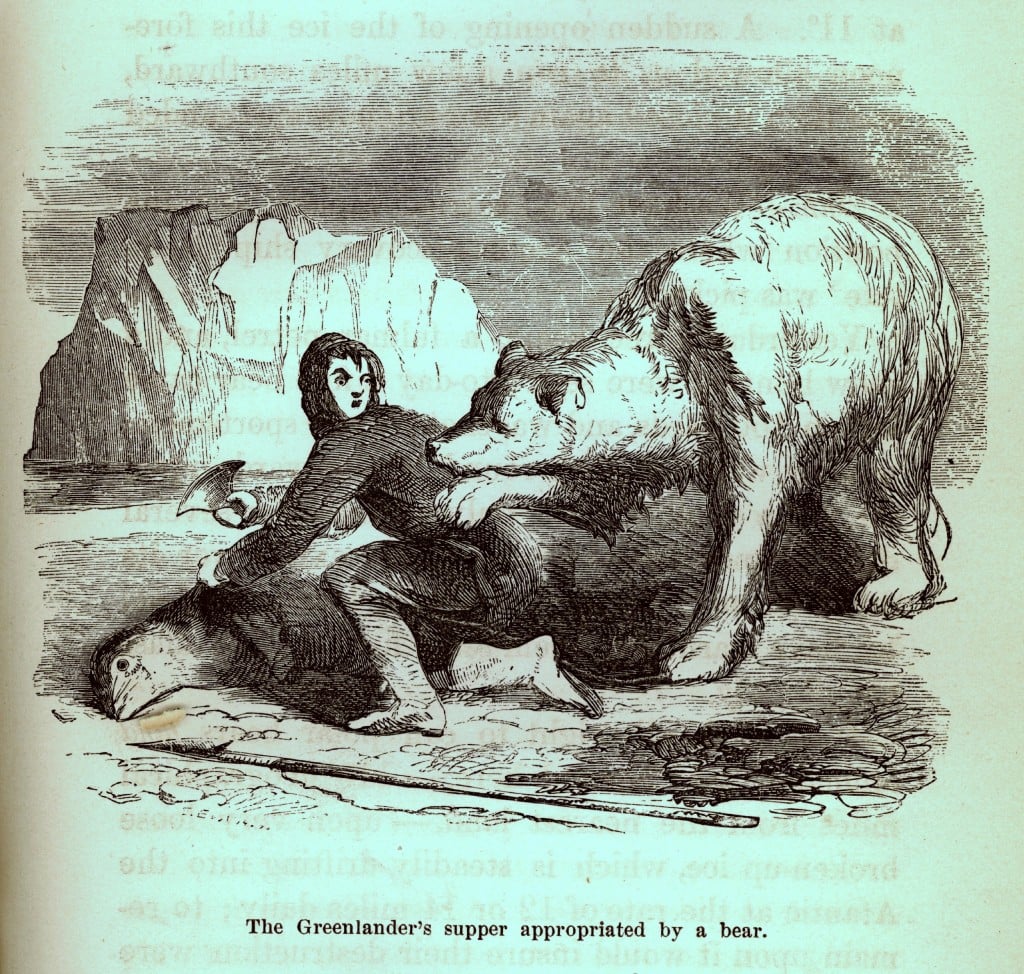
The interaction is not just between the hunter and the prey animal. Other individuals and communities may have a strong interest.
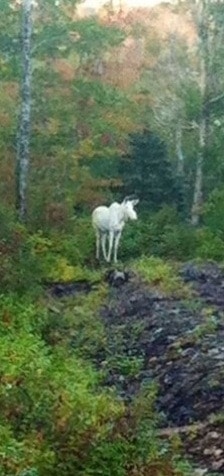
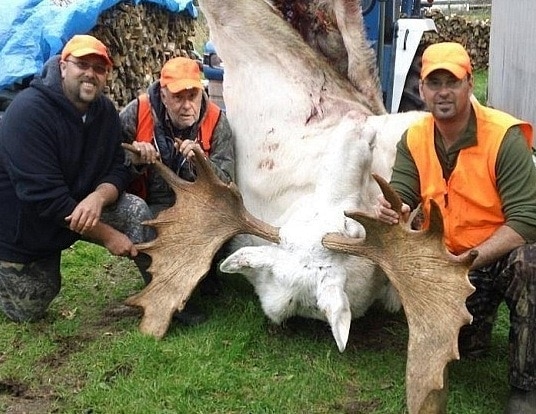
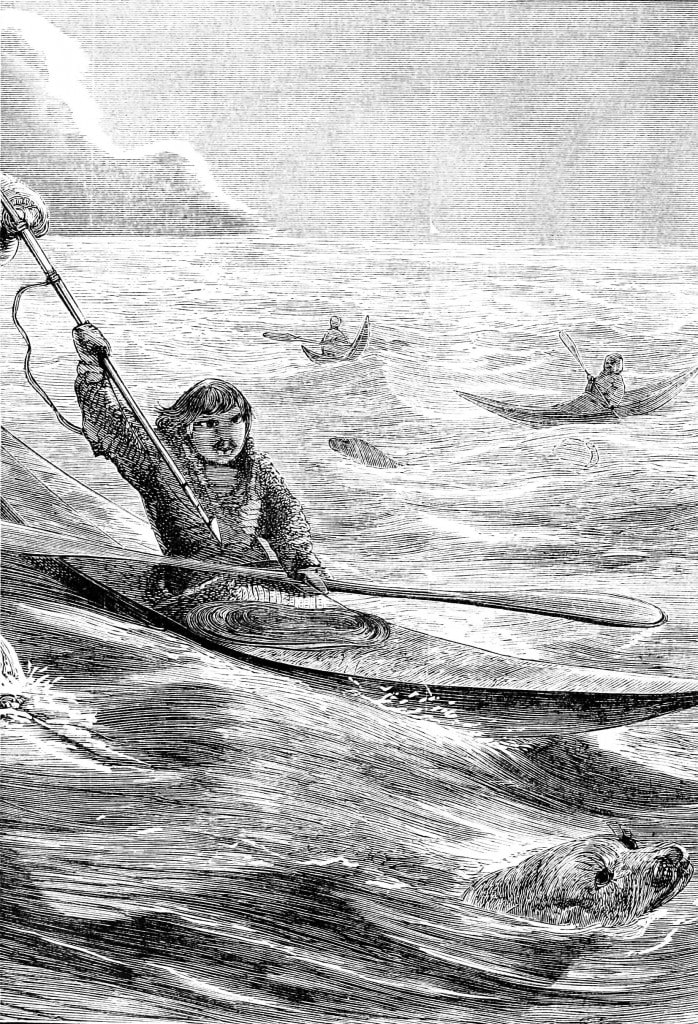

Oh, man. I wouldn’t have shot it just because it looks SO COOL.
Which is not, you know, exactly a real reason.
At least they’re apologetic, and DOING something. But still. Poor moose.
I think that’s a real reason! One that has more force the more time you spend in the forest. If you don’t kill the white moose, then there will be white moose to see — ghostly white moose shimmying through the trees!
I suppose the same applies to the purple moose with polka dots.
People are no damn good…
When you say “cows,” do you mean bovines, or female moose?
Good point. Female moose are indeed moose cows.
It probably would have been better if, when referring to the bovines the hunters were disappointed to see, I had called them cattle. But “cows” is what they said. (Maybe they meant moose cows?)